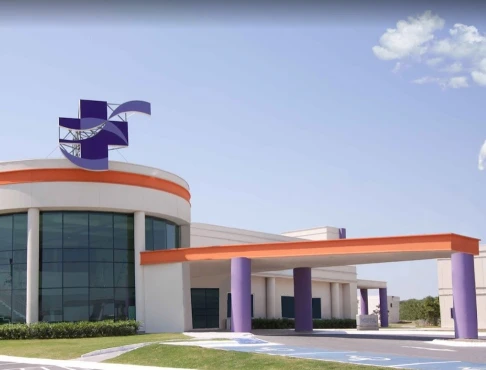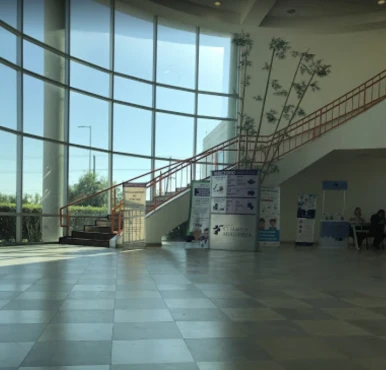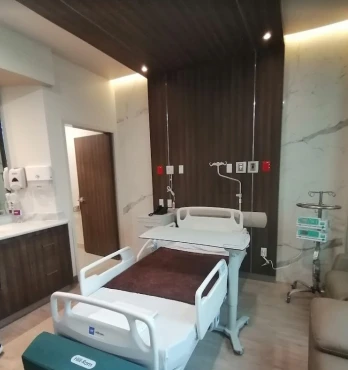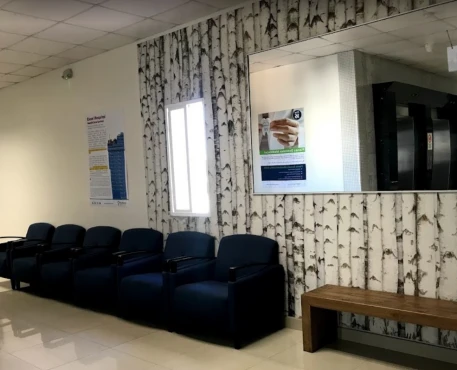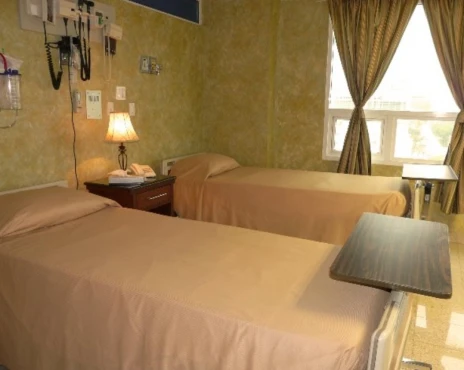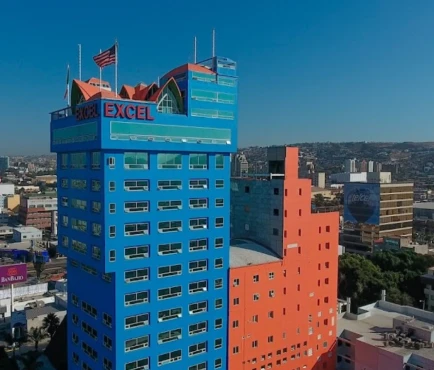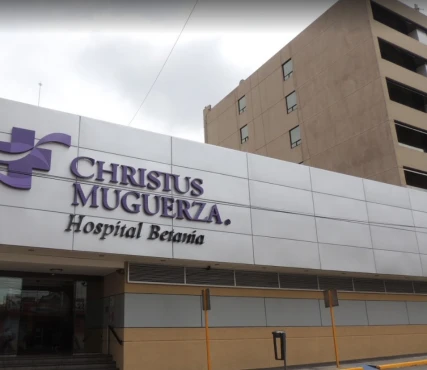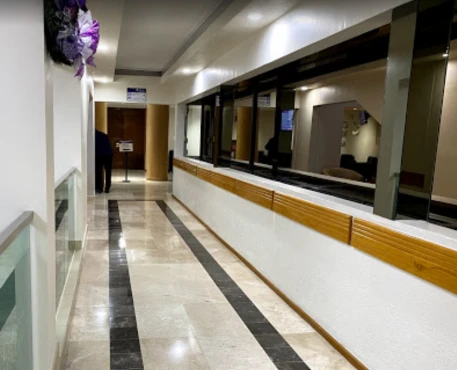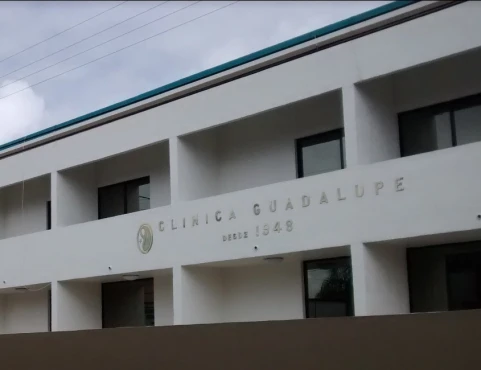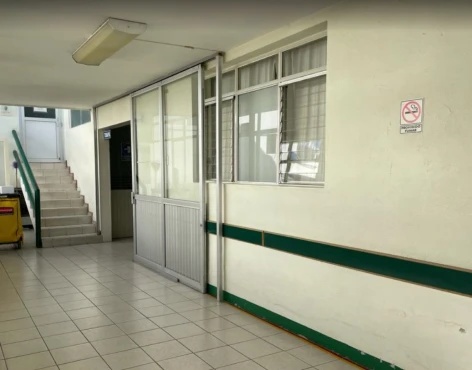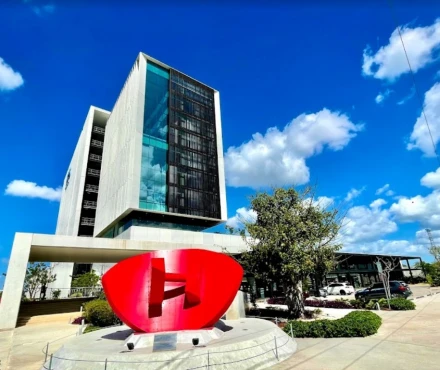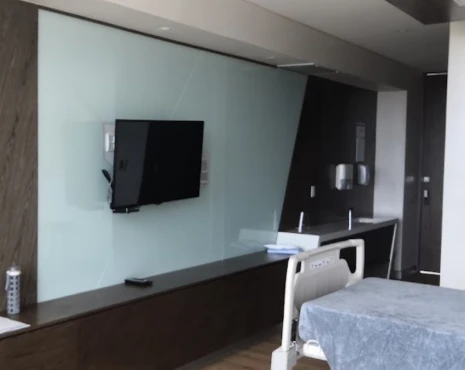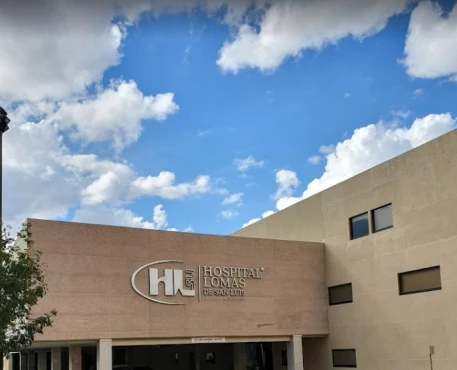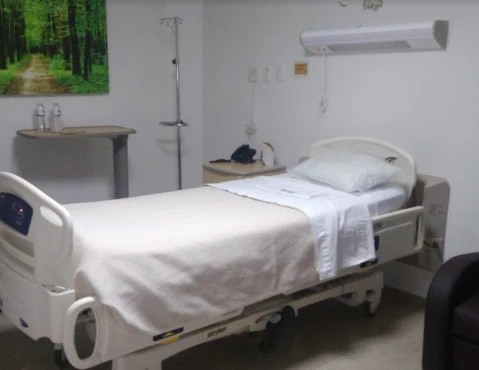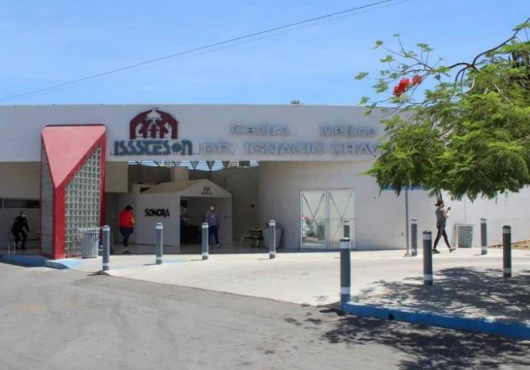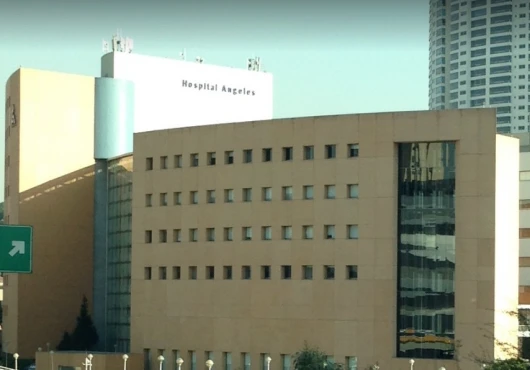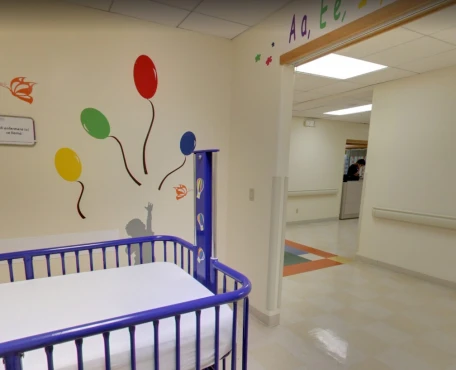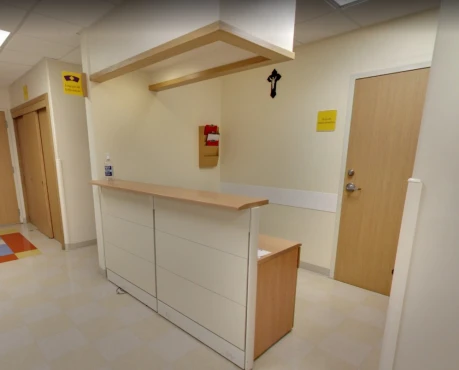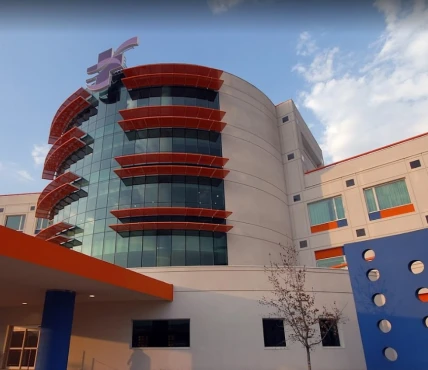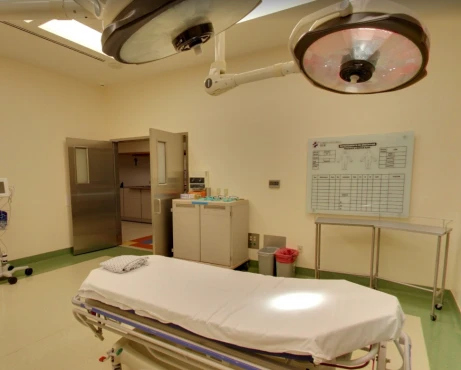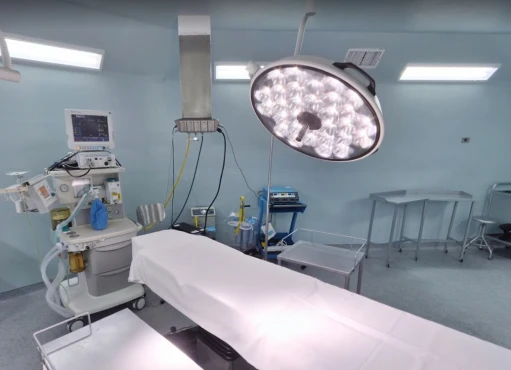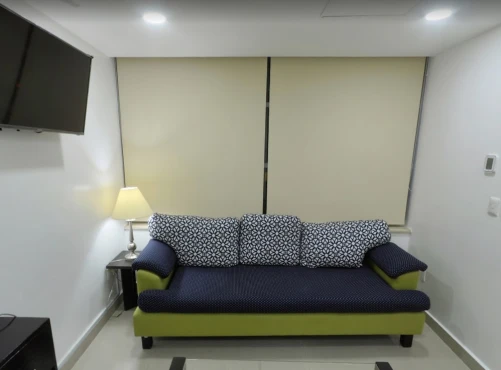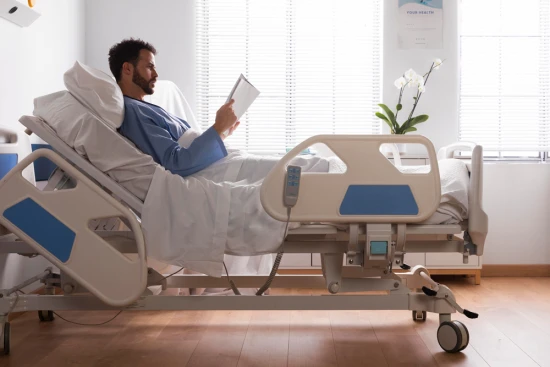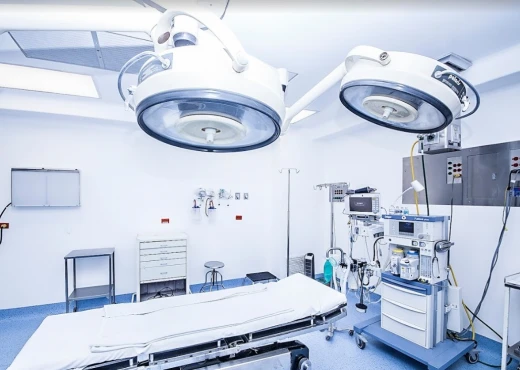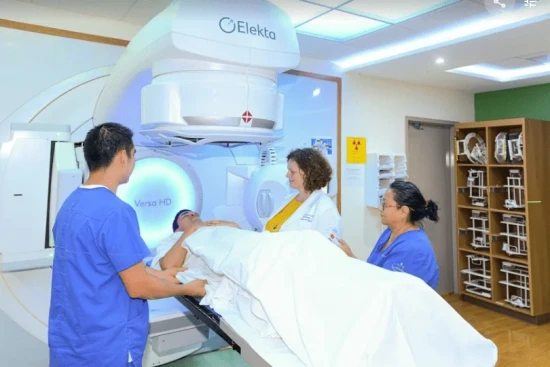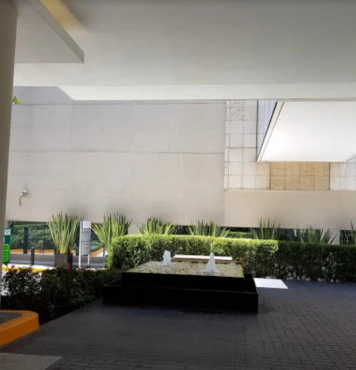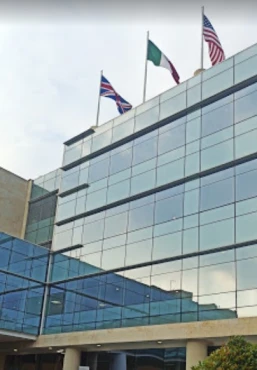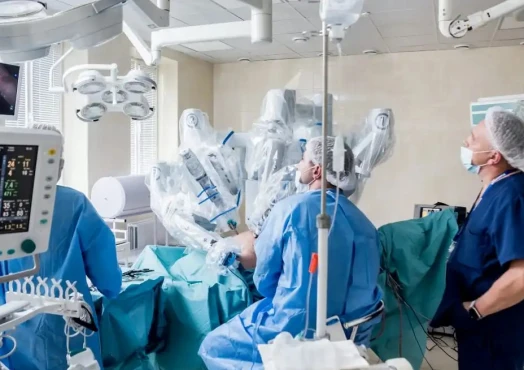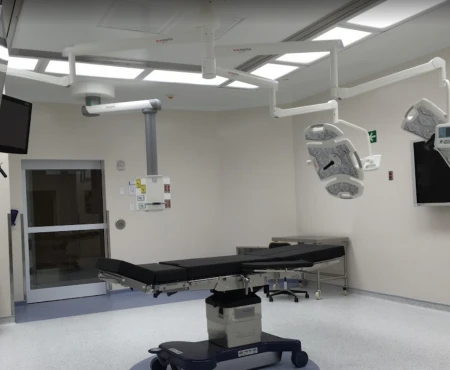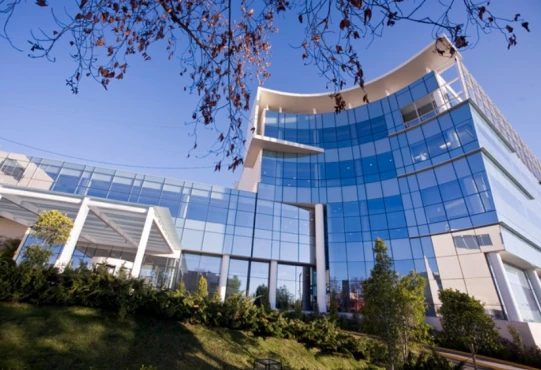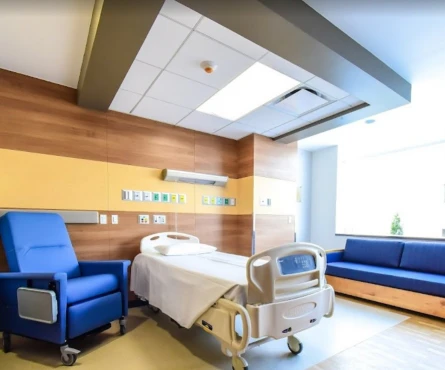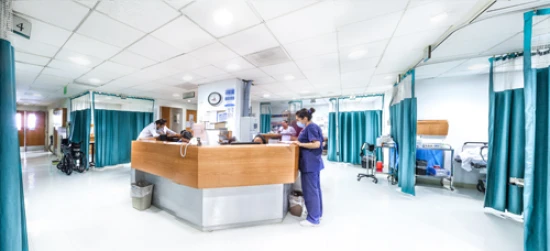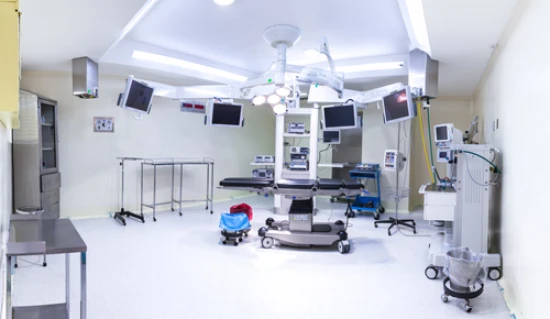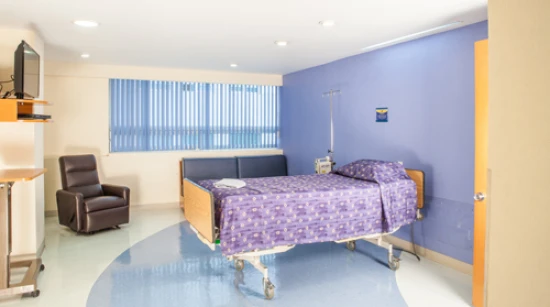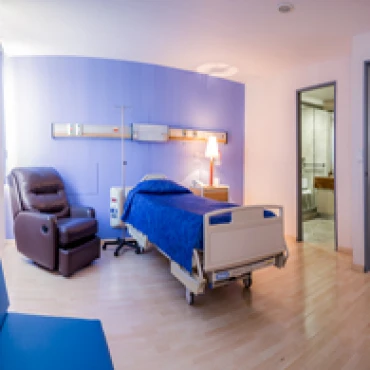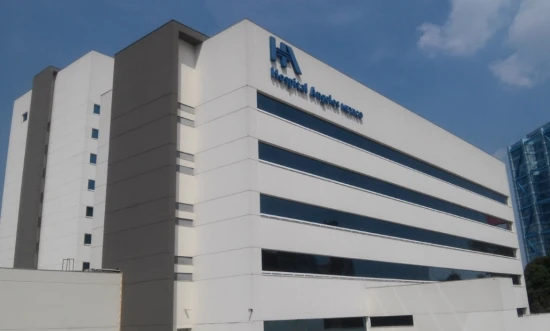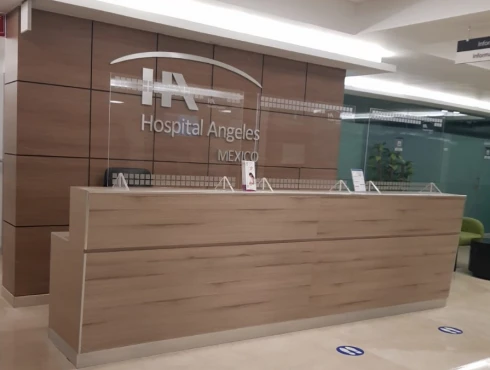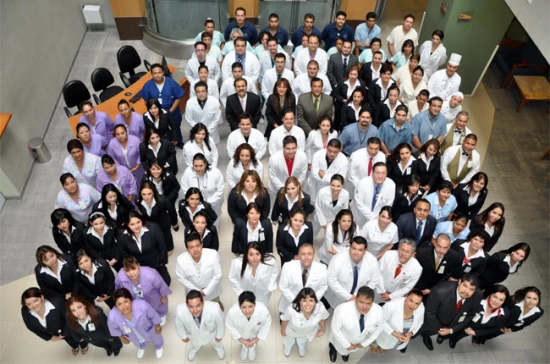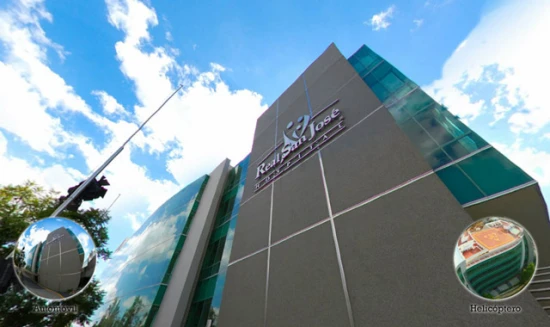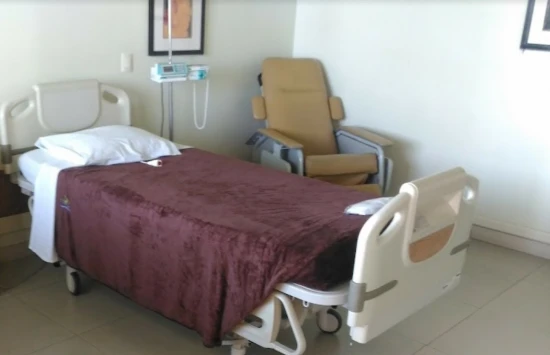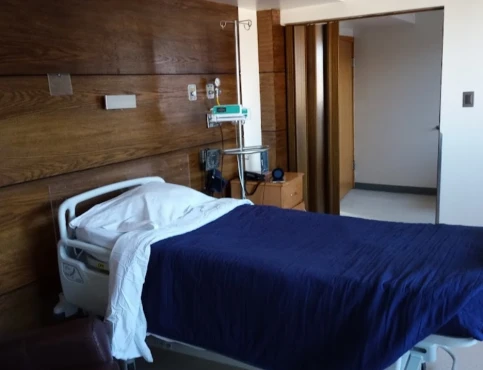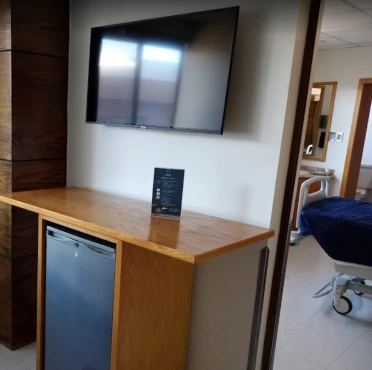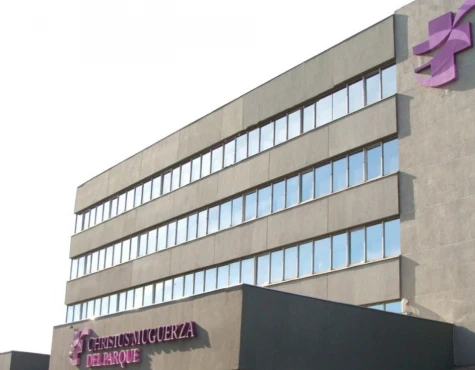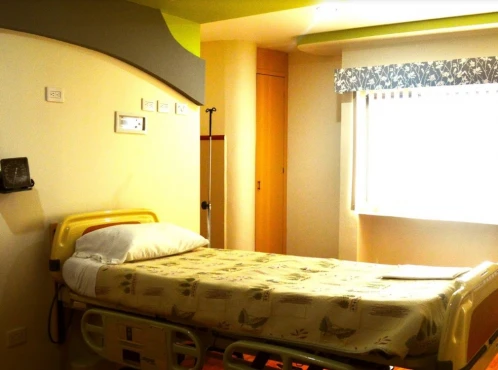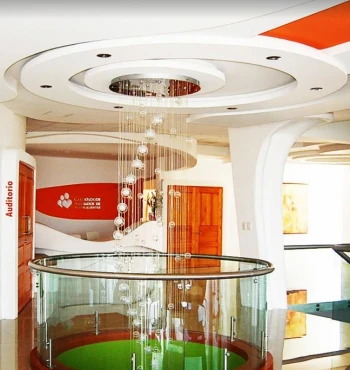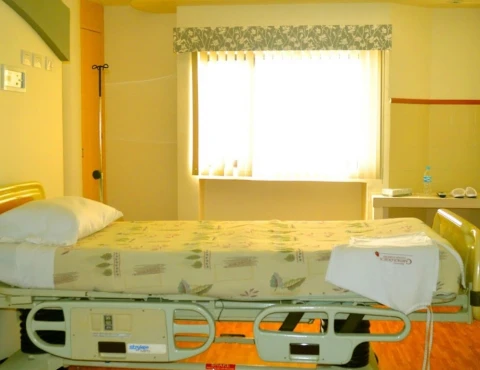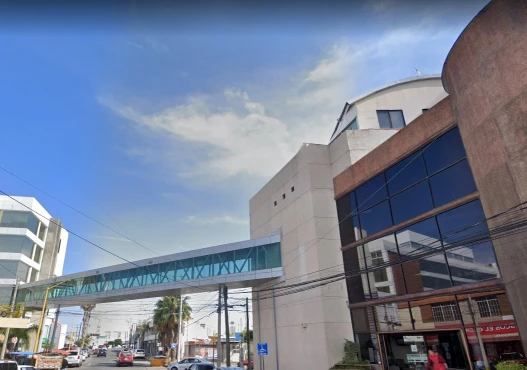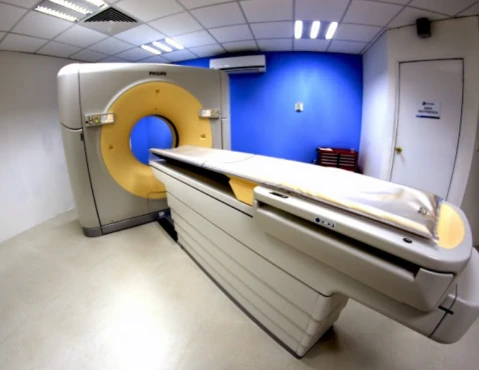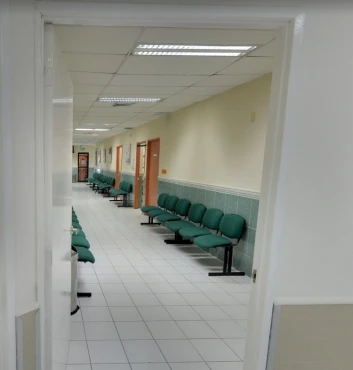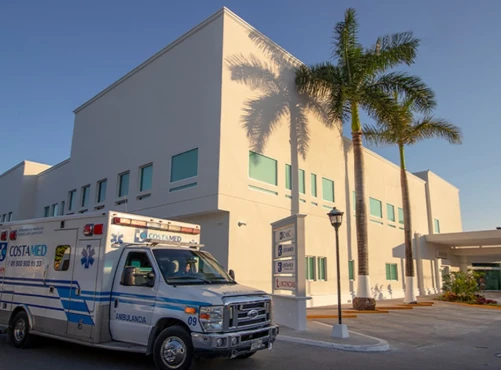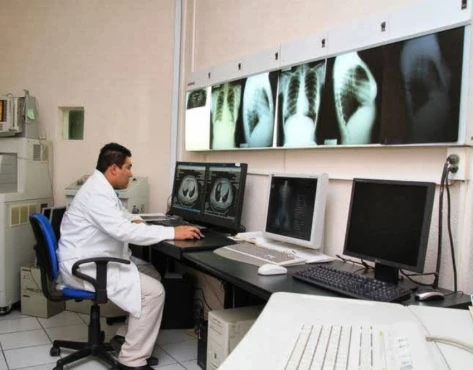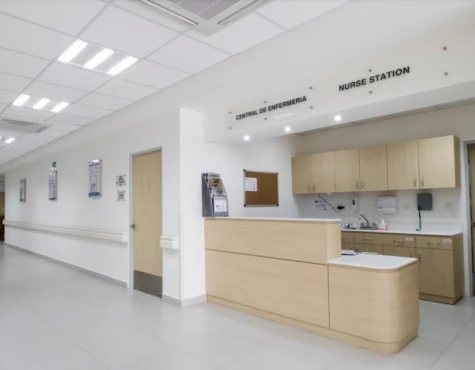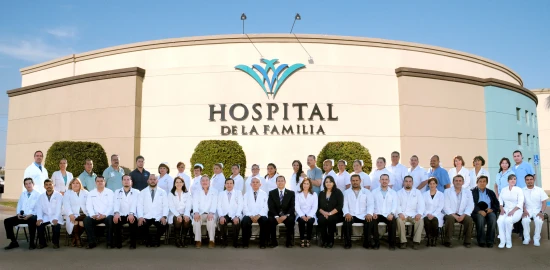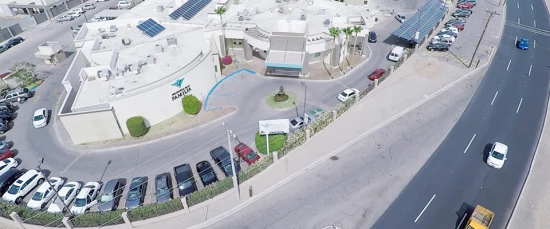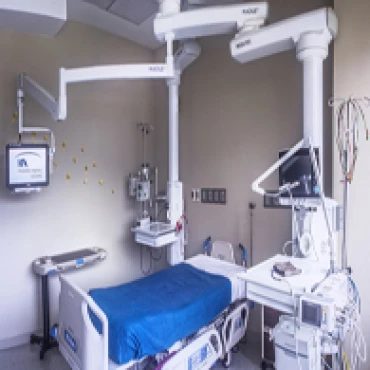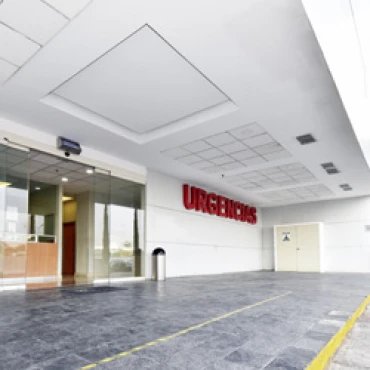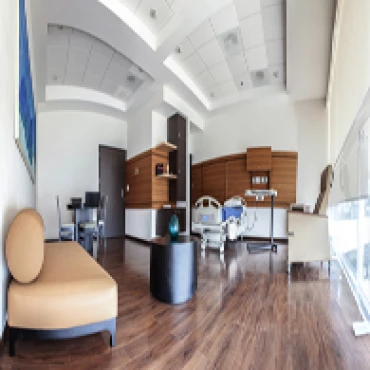Pulmonary embolism (PE) treatment in 34 Cardiac surgery and Vascular surgery clinics in Mexico
34 clinics specializing in Cardiac surgery and Vascular surgery providing treatment of
Pulmonary embolism (PE)
Pulmonary embolism (PE) is a life-threatening condition where a blood clot, usually originating from the legs, travels to the lungs and blocks blood flow. It causes sudden chest pain, difficulty breathing, and can lead to lung damage or failure.
Read more...
disease in Mexico.
-
Pulmonary artery thromboendarterectomy
≈ $9,726
-
Foam sclerotherapy (Unilateral)
≈ $774
-
Arteriovenous (AV) fistula surgery
≈ $2,370
-
Endovascular thrombectomy
≈ $4,392
-
Varicose veins treatment
≈ $4,695
-
Radiofrequency ablation (RFA) for varicose veins (Unilateral)
≈ $2,112
-
Endovenous laser ablation (EVLA) for varicose vein (Unilateral)
≈ $2,600
-
Phlebectomy (including mini-phleboctomy)
≈ $1,871
-
Catheter-directed sclerotherapy (CDS) (Unilateral)
≈ $612
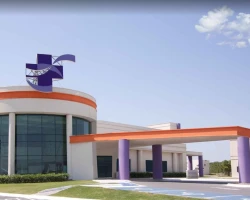
-
Pulmonary artery thromboendarterectomy
≈ $9,726
-
Pulmonary angiography
≈ $1,239
-
Dual chamber pacemaker insertion
≈ $7,800
-
Foam sclerotherapy (Unilateral)
≈ $774
-
Coronary artery bypass graft (CABG)
≈ $25,360
-
Heart valve replacement
≈ $2,692
-
Heart valve repair
≈ $22,998
-
Aortic valve replacement (AVR)
≈ $25,310
-
Mitral valve replacement (MVR)
≈ $20,474
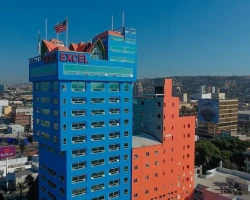
-
Pulmonary artery thromboendarterectomy
≈ $9,726
-
Arteriovenous (AV) fistula surgery
≈ $2,370
-
Endovascular thrombectomy
≈ $4,392
-
Cardiac catheterization
≈ $2,411
-
Percutaneous ASD closure
≈ $9,977
-
Percutaneous closure of ventricular septal defect (VSD)
≈ $10,266
-
Left atrial appendage occlusion
≈ $9,900
-
Transcatheter closure of patent ductus arteriosus (PDA) in adults
≈ $8,604
-
Intraaortic balloon pump (IABP) procedure
≈ $2,703
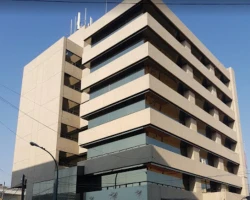
-
Pulmonary artery thromboendarterectomy
≈ $9,726
-
Arteriovenous (AV) fistula surgery
≈ $2,370
-
Endovascular thrombectomy
≈ $4,392
-
Renal artery bypass surgery
≈ $9,707
-
Surgical thrombectomy
≈ $9,812
-
Reconstructive surgery for peripheral artery disease (PAD)
≈ $10,027
-
Arteriovenous (AV) graft surgery
≈ $2,970
-
Secondary Cimino arteriovenous anastomosis surgery
≈ $1,641
-
Peripheral artery bypass
≈ $11,615

-
Pulmonary artery thromboendarterectomy
≈ $9,726
-
Foam sclerotherapy (Unilateral)
≈ $774
-
Arteriovenous (AV) fistula surgery
≈ $2,370
-
Endovascular thrombectomy
≈ $4,392
-
Varicose veins treatment
≈ $4,695
-
Radiofrequency ablation (RFA) for varicose veins (Unilateral)
≈ $2,112
-
Endovenous laser ablation (EVLA) for varicose vein (Unilateral)
≈ $2,600
-
Phlebectomy (including mini-phleboctomy)
≈ $1,871
-
Catheter-directed sclerotherapy (CDS) (Unilateral)
≈ $612
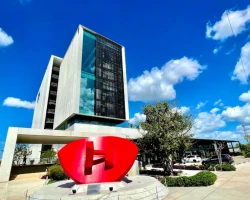
-
Pulmonary artery thromboendarterectomy
≈ $9,726
-
Pulmonary angiography
≈ $1,239
-
Dual chamber pacemaker insertion
≈ $7,800
-
Foam sclerotherapy (Unilateral)
≈ $774
-
Peripheral artery angioplasty and stent placement
≈ $6,106
-
Arteriovenous (AV) fistula surgery
≈ $2,370
-
Endovascular thrombectomy
≈ $4,392
-
Uterine artery embolization (UAE)
≈ $3,694
-
Varicose veins treatment
≈ $4,695
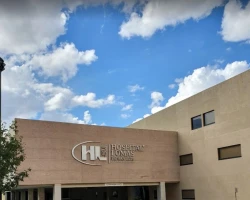
-
Pulmonary artery thromboendarterectomy
≈ $9,726
-
Foam sclerotherapy (Unilateral)
≈ $774
-
Arteriovenous (AV) fistula surgery
≈ $2,370
-
Endovascular thrombectomy
≈ $4,392
-
Varicose veins treatment
≈ $4,695
-
Radiofrequency ablation (RFA) for varicose veins (Unilateral)
≈ $2,112
-
Endovenous laser ablation (EVLA) for varicose vein (Unilateral)
≈ $2,600
-
Phlebectomy (including mini-phleboctomy)
≈ $1,871
-
Catheter-directed sclerotherapy (CDS) (Unilateral)
≈ $612

-
Pulmonary artery thromboendarterectomy
≈ $9,726
-
Inferior vena cava (IVC) filter placement
≈ $3,120
-
Pulmonary angiography
≈ $1,239
-
Dual chamber pacemaker insertion
≈ $7,800
-
Coronary artery bypass graft (CABG)
≈ $25,360
-
Heart valve replacement
≈ $2,692
-
Heart valve repair
≈ $22,998
-
Aortic valve replacement (AVR)
≈ $25,310
-
Mitral valve replacement (MVR)
≈ $20,474

-
Pulmonary artery thromboendarterectomy
≈ $9,726
-
Pulmonary angiography
≈ $1,239
-
Dual chamber pacemaker insertion
≈ $7,800
-
Coronary artery bypass graft (CABG)
≈ $25,360
-
Heart valve replacement
≈ $2,692
-
Heart valve repair
≈ $22,998
-
Aortic valve replacement (AVR)
≈ $25,310
-
Mitral valve replacement (MVR)
≈ $20,474
-
Transcatheter aortic valve replacement (TAVR)
≈ $36,866
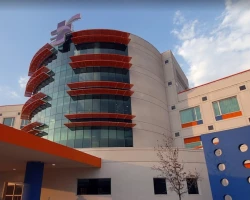
-
Pulmonary artery thromboendarterectomy
≈ $9,726
-
Pulmonary angiography
≈ $1,239
-
Foam sclerotherapy (Unilateral)
≈ $774
-
Peripheral artery angioplasty and stent placement
≈ $6,106
-
Arteriovenous (AV) fistula surgery
≈ $2,370
-
Endovascular thrombectomy
≈ $4,392
-
Varicose veins treatment
≈ $4,695
-
Radiofrequency ablation (RFA) for varicose veins (Unilateral)
≈ $2,112
-
Endovenous laser ablation (EVLA) for varicose vein (Unilateral)
≈ $2,600

-
Pulmonary artery thromboendarterectomy
≈ $9,726
-
Pulmonary angiography
≈ $1,239
-
Dual chamber pacemaker insertion
≈ $7,800
-
Foam sclerotherapy (Unilateral)
≈ $774
-
Arteriovenous (AV) fistula surgery
≈ $2,370
-
Endovascular thrombectomy
≈ $4,392
-
Varicose veins treatment
≈ $4,695
-
Radiofrequency ablation (RFA) for varicose veins (Unilateral)
≈ $2,112
-
Endovenous laser ablation (EVLA) for varicose vein (Unilateral)
≈ $2,600

-
Pulmonary artery thromboendarterectomy
≈ $9,726
-
Dual chamber pacemaker insertion
≈ $7,800
-
Foam sclerotherapy (Unilateral)
≈ $774
-
Coronary artery bypass graft (CABG)
≈ $25,360
-
Heart valve replacement
≈ $2,692
-
Heart valve repair
≈ $22,998
-
Aortic valve replacement (AVR)
≈ $25,310
-
Mitral valve replacement (MVR)
≈ $20,474
-
Transcatheter aortic valve replacement (TAVR)
≈ $36,866

-
Pulmonary artery thromboendarterectomy
≈ $9,726
-
Dual chamber pacemaker insertion
≈ $7,800
-
Coronary artery bypass graft (CABG)
≈ $25,360
-
Heart valve replacement
≈ $2,692
-
Heart valve repair
≈ $22,998
-
Aortic valve replacement (AVR)
≈ $25,310
-
Mitral valve replacement (MVR)
≈ $20,474
-
Transcatheter aortic valve replacement (TAVR)
≈ $36,866
-
Peripheral artery angioplasty and stent placement
≈ $6,106
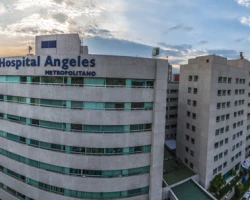
-
Pulmonary artery thromboendarterectomy
≈ $9,726
-
Dual chamber pacemaker insertion
≈ $7,800
-
Coronary artery bypass graft (CABG)
≈ $25,360
-
Heart valve replacement
≈ $2,692
-
Heart valve repair
≈ $22,998
-
Aortic valve replacement (AVR)
≈ $25,310
-
Mitral valve replacement (MVR)
≈ $20,474
-
Transcatheter aortic valve replacement (TAVR)
≈ $36,866
-
Peripheral artery angioplasty and stent placement
≈ $6,106
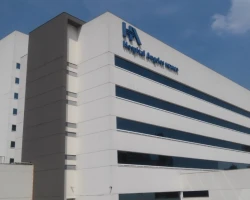
-
Pulmonary artery thromboendarterectomy
≈ $9,726
-
Arteriovenous (AV) fistula surgery
≈ $2,370
-
Endovascular thrombectomy
≈ $4,392
-
Radiofrequency ablation (RFA)
≈ $15,008
-
Cardiac catheterization
≈ $2,411
-
Percutaneous ASD closure
≈ $9,977
-
Percutaneous closure of ventricular septal defect (VSD)
≈ $10,266
-
Percutaneous coronary intervention (PCI) with stent insertion
≈ $7,981
-
Catheter cardiac ablation
≈ $10,515

-
Pulmonary artery thromboendarterectomy
≈ $9,726
-
Pulmonary angiography
≈ $1,239
-
Dual chamber pacemaker insertion
≈ $7,800
-
Foam sclerotherapy (Unilateral)
≈ $774
-
Coronary artery bypass graft (CABG)
≈ $25,360
-
Heart valve replacement
≈ $2,692
-
Heart valve repair
≈ $22,998
-
Aortic valve replacement (AVR)
≈ $25,310
-
Mitral valve replacement (MVR)
≈ $20,474
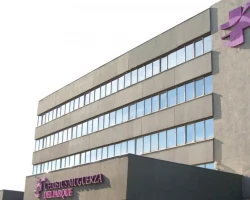
-
Pulmonary artery thromboendarterectomy
≈ $9,726
-
Inferior vena cava (IVC) filter placement
≈ $3,120
-
Pulmonary angiography
≈ $1,239
-
Dual chamber pacemaker insertion
≈ $7,800
-
Carotid endarterectomy (CEA)
≈ $6,213
-
Foam sclerotherapy (Unilateral)
≈ $774
-
Coronary artery bypass graft (CABG)
≈ $25,360
-
Peripheral artery angioplasty and stent placement
≈ $6,106
-
Abdominal endovascular aneurysm repair (EVAR)
≈ $18,213
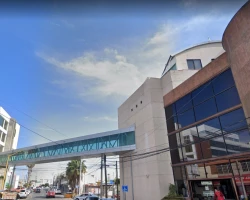
-
Pulmonary artery thromboendarterectomy
≈ $9,726
-
Pulmonary angiography
≈ $1,239
-
Foam sclerotherapy (Unilateral)
≈ $774
-
Peripheral artery angioplasty and stent placement
≈ $6,106
-
Arteriovenous (AV) fistula surgery
≈ $2,370
-
Endovascular thrombectomy
≈ $4,392
-
Uterine artery embolization (UAE)
≈ $3,694
-
Varicose veins treatment
≈ $4,695
-
Radiofrequency ablation (RFA) for varicose veins (Unilateral)
≈ $2,112

-
Pulmonary artery thromboendarterectomy
≈ $9,726
-
Dual chamber pacemaker insertion
≈ $7,800
-
Coronary artery bypass graft (CABG)
≈ $25,360
-
Arteriovenous (AV) fistula surgery
≈ $2,370
-
Endovascular thrombectomy
≈ $4,392
-
Off-pump coronary artery bypass surgery
≈ $18,816
-
Permanent pacemaker implantation
≈ $7,963
-
Cardiac catheterization
≈ $2,411
-
Percutaneous ASD closure
≈ $9,977
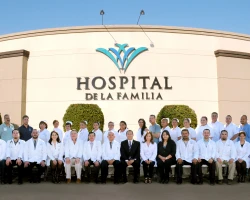
-
Pulmonary artery thromboendarterectomy
≈ $9,726
-
Dual chamber pacemaker insertion
≈ $7,800
-
Carotid endarterectomy (CEA)
≈ $6,213
-
Foam sclerotherapy (Unilateral)
≈ $774
-
Coronary artery bypass graft (CABG)
≈ $25,360
-
Heart valve replacement
≈ $2,692
-
Heart valve repair
≈ $22,998
-
Aortic valve replacement (AVR)
≈ $25,310
-
Mitral valve replacement (MVR)
≈ $20,474

Clinics grouping by rating
Clinic with the highest rating of 4.5 — Excel Hospital in Tijuana, Mexico, clinic with the most reviews number of 1548 — Hospital General de México Dr. Eduardo Liceaga in Mexico City, Mexico.
With rating 4.0 and over — 17 clinics .
Countries with the highest number of clinics treating the diseases:
Pulmonary embolism (PE):
Related procedures:
Quick navigation
- Aortoiliac allografting $15,383 - $15,383
- Arteriovenous malformations (AVM) embolization $9,905 - $9,905
- Balloon angioplasty and stenting of aorta coarctation $9,820 - $9,820
- Bilateral varicose veins surgery $2,454 - $2,454
- Cardiac catheterization $2,411 - $2,411
- Carotid and intracerebral thrombolysis $13,304 - $13,304
- Carotid angioplasty and stenting $7,268 - $7,268
- Carotid endarterectomy (CEA) $6,213 - $6,213
- Catheter embolization $3,332 - $3,332
- Coarctectomy in children $12,526 - $12,526
- Coil embolization of intracardiac shunts and fistulas $4,533 - $4,533
- Embolization of peripheral arteries aneurysm $16,949 - $16,949
- Endoscopic vein harvesting (EVH) for coronary artery bypass graft surgery (CABG) $481 - $481
- Endovascular thrombectomy $4,392 - $4,392
- Extracorporeal membrane oxygenation (ECMO) by request
- Femoral-popliteal bypass graft surgery $8,483 - $8,483
- Heart tumor surgery $14,863 - $14,863
- Internal or external carotid artery embolization by request
- Intraaortic balloon pump (IABP) procedure $2,703 - $2,703
- Left atrial appendage occlusion $9,900 - $9,900
- Acute limb ischemia
- Aortic valve insufficiency
- Aortic valve stenosis
- Aortoiliac occlusive disease (AIOD)
- Arterial embolism
- Arteriovenous malformations (AVMs)
- Atrial fibrillation (AFib)
- Benign prostatic hyperplasia (BPH)
- Brachiocephalic occlusive disease
- Carotid artery disease
- Carotid body paraganglioma
- Celiac artery stenosis
- Chronic kidney disease
- Chronic limb ischemia
- Chronic thromboembolic pulmonary hypertension
- Coarctation of the aorta (CoA)
- Deep vein thrombosis (DVT)
- External iliac artery dissection
- Foreign bodies in the heart
- Heart failure

